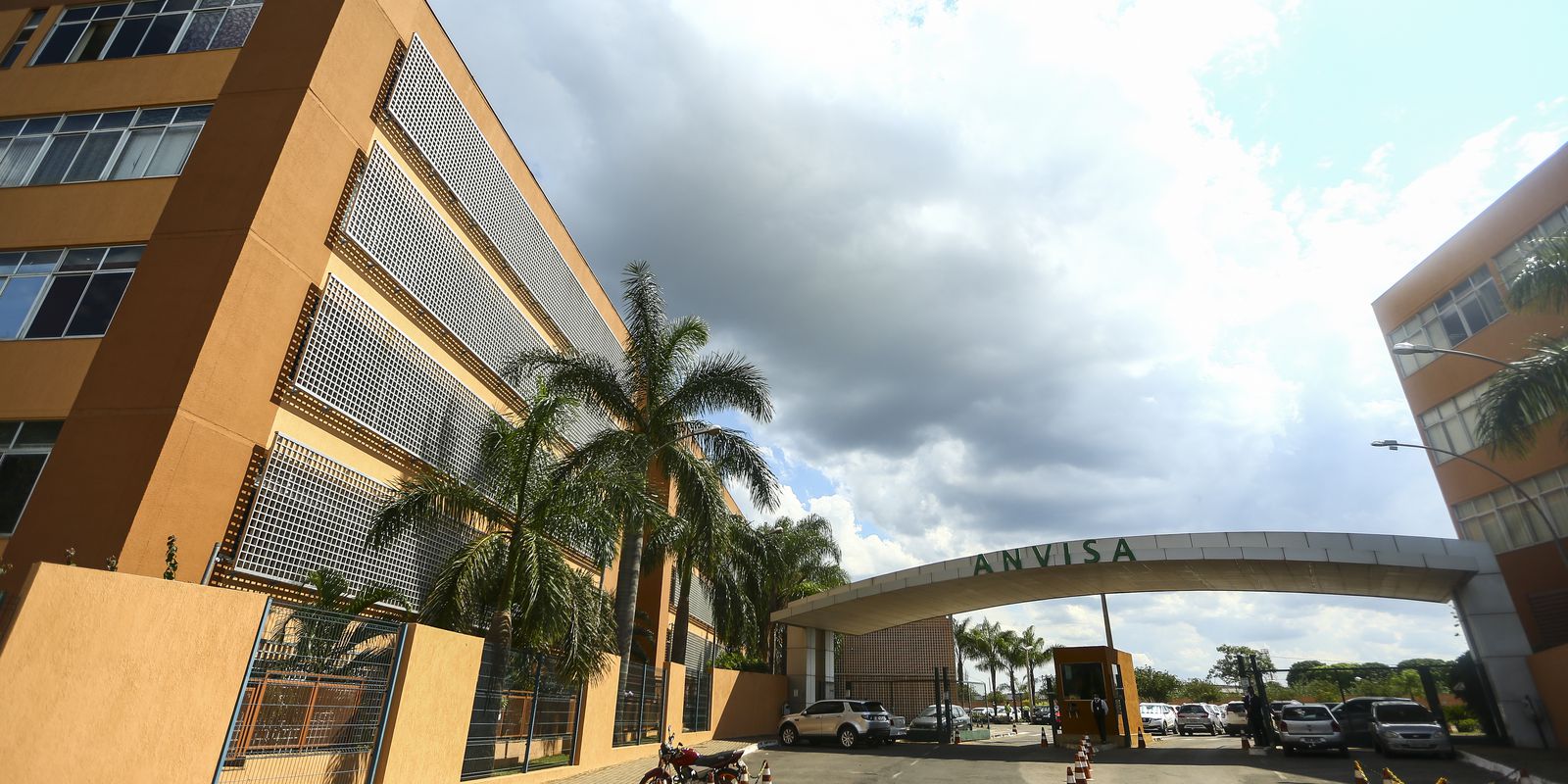After a two-hour session, the National Health Surveillance Agency (Anvisa) formed a majority on Tuesday night (22) to approve the emergency use of two bivalent vaccines against covid-19. Three out of five directors approved the use of immunizers produced by Pfizer to protect against subvariants of omicron of the new coronavirus.
The meeting is still in progress, but the authorization can be considered approved because the majority of directors voted in favor. Anvisa authorized the application as booster doses in people from 12 years old, three months after the last booster dose.
Considered second-generation, bivalent vaccines protect against the original variant of the new coronavirus, from the Province of Wuhan (China), and against the latest subvariants of Omicron. The latter is more transmissible, but milder, with the virus concentrating in the throat and not reaching the lungs. The original variant is less contagious but more dangerous and deadlier.
Bivalent immunizers will have gray bottles to facilitate identification. Pfizer’s vaccines use messenger RNA technology, in which a part of the spike protein, responsible for fixing the virus in cells, is injected to stimulate the production of antibodies.
Purchase
It will now be up to the Ministry of Health to buy the bivalent vaccines. Currently, the folder has a contract for the acquisition of 100 million doses of Pfizer to be delivered from this year. The agreement provides for the addition of 50 million doses, including updated or pediatric immunizations, if the ministry requests it.
During her vote, director Meiruze Souza Freitas, rapporteur for the process, said that bivalent vaccines are already used in various parts of the world and that, although the original vaccines remain effective, the bivalents add an immunization option. She called for the importance of vaccination because, according to her, it is still not possible to know the severity of the BA4/BA5 variants.
Historic
In August, Pfizer sent Anvisa the first request for analysis of the bivalent vaccine that protects against the subvariant Omicron BA.1. At the end of September, the manufacturer filed the second request for analysis, against subvariants BA.4 and BA.5.
The agency’s decision takes place at the time of increase of cases in the country linked to the circulation of a new subvariant of Omicron. Last week, the Ministry of Health issued an alert about the circulation of new strains in the country. One reduces the barriers for the virus to enter human cells. The other increases the risk of reinfection.
According to the Ministry of Health, the moving average of cases rose 120% in the week of November 6th to 11th compared to the previous week. Deaths increased by 28% in the same comparison.















